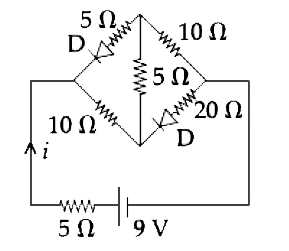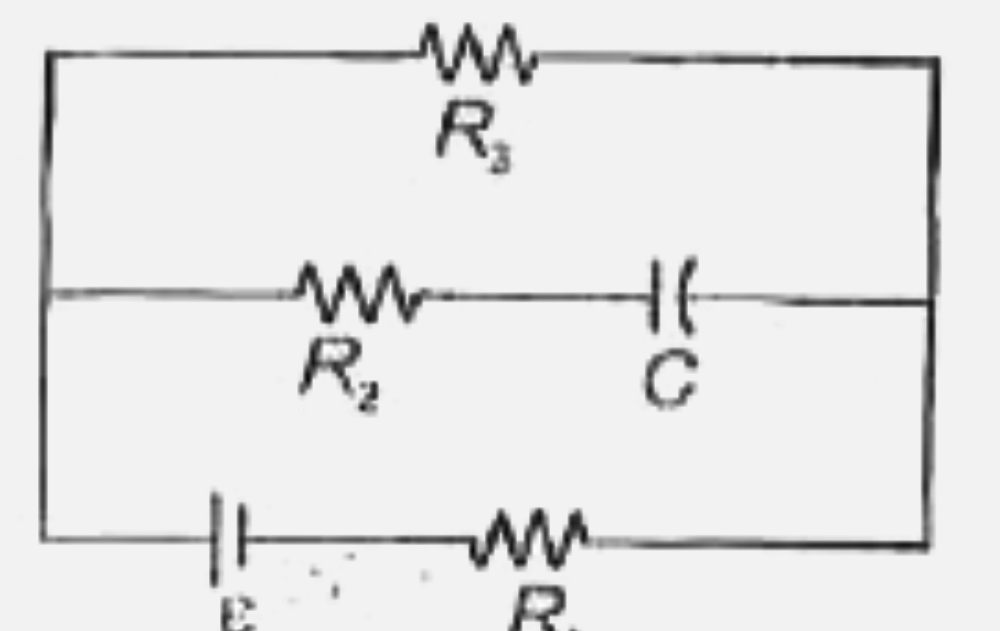What are Kirchhoff's laws governing the currents and electromotive forces in an electrical network?
To answer the question regarding Kirchhoff's laws governing currents and electromotive forces in an electrical network, we can break it down into two main laws: Kirchhoff's Current Law (KCL) and Kirchhoff's Voltage Law (KVL).
Step 1: Understand Kirchhoff's Current Law (KCL)
Kirchhoff's Current Law states that the total current entering a junction (or node) in an electrical circuit must equal the total current leaving that junction. This law is based on the principle of conservation of charge, which means that charge cannot accumulate at a junction.
Mathematical Representation:
If I1,I2,I3,…,In are the currents entering the junction and Iout1,Iout2,…,Ioutm are the currents leaving the junction, then:
Iin=Iout
or
I1+I2+I3+…=Iout1+Iout2+…
Step 2: Understand Kirchhoff's Voltage Law (KVL)
Kirchhoff's Voltage Law states that the sum of the electromotive forces (emf) in any closed loop of a circuit is equal to the sum of the potential drops (voltage) across the components in that loop. This law is based on the principle of conservation of energy.
Mathematical Representation:
For a closed loop in a circuit, if E1,E2,…,En are the emf sources and V1,V2,…,Vm are the voltage drops across the components, then:
E1+E2+…=V1+V2+…
Step 3: Application of Kirchhoff's Laws
These laws are fundamental for analyzing complex electrical circuits. By applying KCL at junctions and KVL in loops, one can set up a system of equations that can be solved to find unknown currents and voltages in the circuit.
Summary
1. Kirchhoff's Current Law (KCL): The sum of currents entering a junction equals the sum of currents leaving the junction.
2. Kirchhoff's Voltage Law (KVL): The sum of the electromotive forces in a closed loop equals the sum of the potential drops in that loop.
Kirchhoff's Current Law states that the total current entering a junction (or node) in an electrical circuit must equal the total current leaving that junction. This law is based on the principle of conservation of charge, which means that charge cannot accumulate at a junction.
If I1,I2,I3,…,In are the currents entering the junction and Iout1,Iout2,…,Ioutm are the currents leaving the junction, then:
Iin=Iout
or
I1+I2+I3+…=Iout1+Iout2+…
Kirchhoff's Voltage Law states that the sum of the electromotive forces (emf) in any closed loop of a circuit is equal to the sum of the potential drops (voltage) across the components in that loop. This law is based on the principle of conservation of energy.
For a closed loop in a circuit, if E1,E2,…,En are the emf sources and V1,V2,…,Vm are the voltage drops across the components, then:
E1+E2+…=V1+V2+…
These laws are fundamental for analyzing complex electrical circuits. By applying KCL at junctions and KVL in loops, one can set up a system of equations that can be solved to find unknown currents and voltages in the circuit.
1. Kirchhoff's Current Law (KCL): The sum of currents entering a junction equals the sum of currents leaving the junction.
2. Kirchhoff's Voltage Law (KVL): The sum of the electromotive forces in a closed loop equals the sum of the potential drops in that loop.
Topper's Solved these Questions
- CURRENT ELECTRICITYBOOK - AAKASH SERIESCHAPTER - CURRENT ELECTRICITYEXERCISE - EXERCISE (SHORT ANSWER QUESTIONS)
12 Videos
- CURRENT ELECTRICITYBOOK - AAKASH SERIESCHAPTER - CURRENT ELECTRICITYEXERCISE - EXERCISE (VERY ANSWER QUESTIONS)
44 Videos
- CURRENT ELECTRICITYBOOK - AAKASH SERIESCHAPTER - CURRENT ELECTRICITYEXERCISE - PROBLEMS (LEVEL-II)
27 Videos
- COMMUNICATION SYSTEMS BOOK - AAKASH SERIESCHAPTER - COMMUNICATION SYSTEMS EXERCISE - PRACTICE EXERCISE (TV Antenna)
16 Videos
- CURRENT ELECTRICITYBOOK - AAKASH SERIESCHAPTER - CURRENT ELECTRICITYEXERCISE - EXERCISE - IA
2 Videos
Similar Questions
Unit of electromotive force is
View SolutionElectromotive force of a cell is basically a
View SolutionThe law, governing the force between electric charges is known as
View SolutionWhat are the main differences between electromotive force of cells and cell potential?
View SolutionThe current I in the network is :

View SolutionWhat is chromatin network?
View SolutionCalculate the current drawn from the battery in the given network

View SolutionFind the charge and energy stored on the capactor C in the electrical network shonw below .

View SolutionDimensional formula for electromotive force is same as that for
View SolutionKirchhoff's current law is the law of conservation of
View Solution
